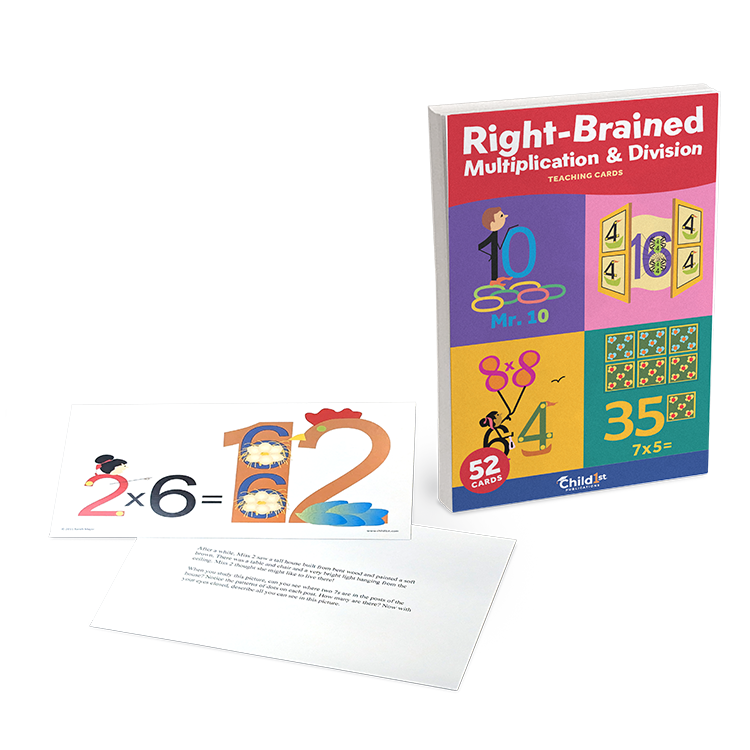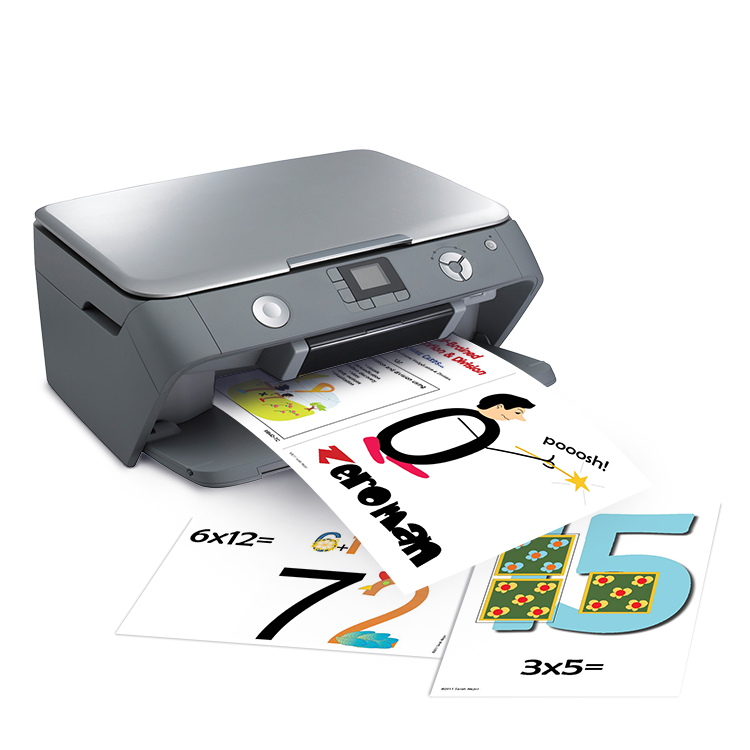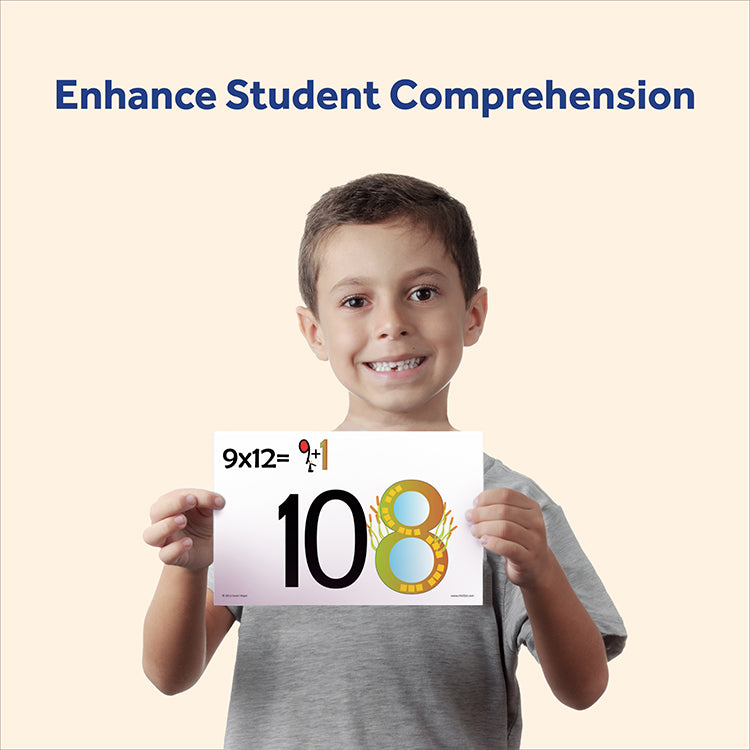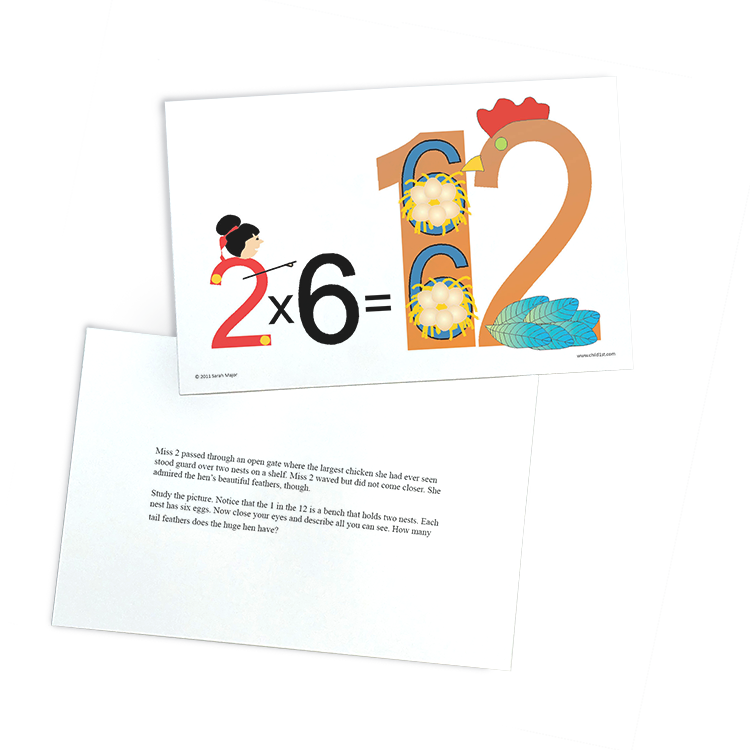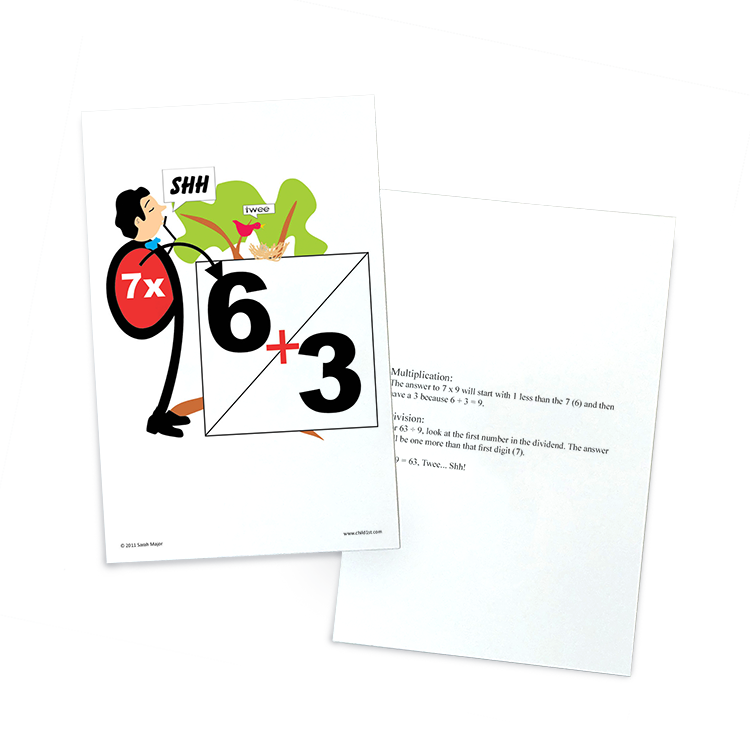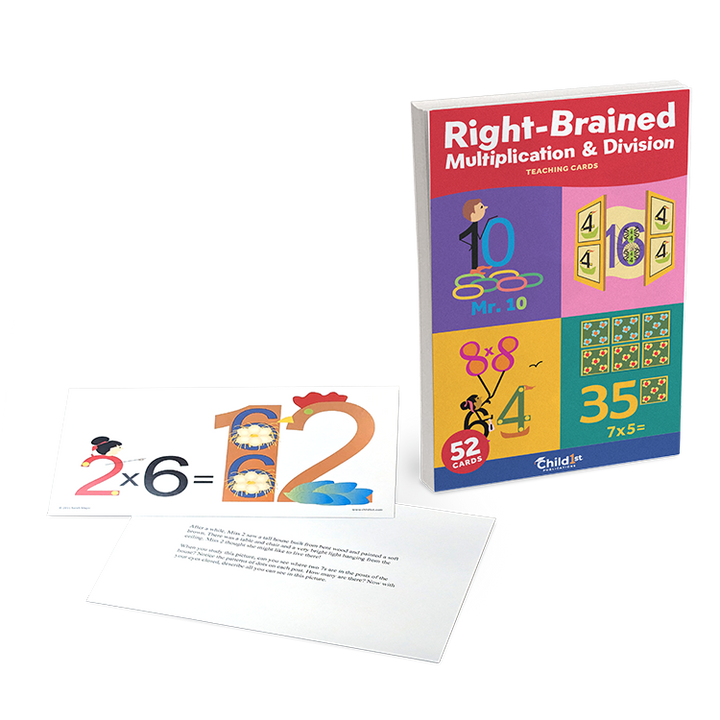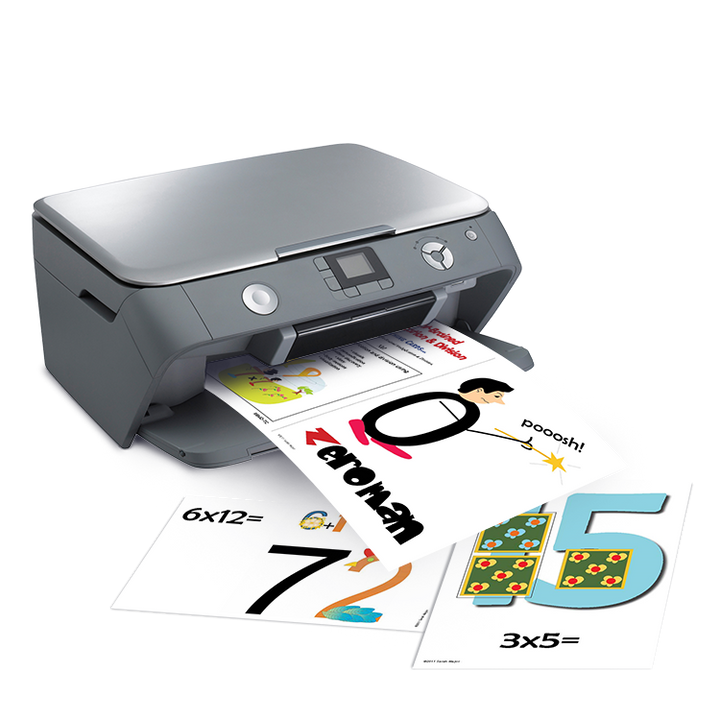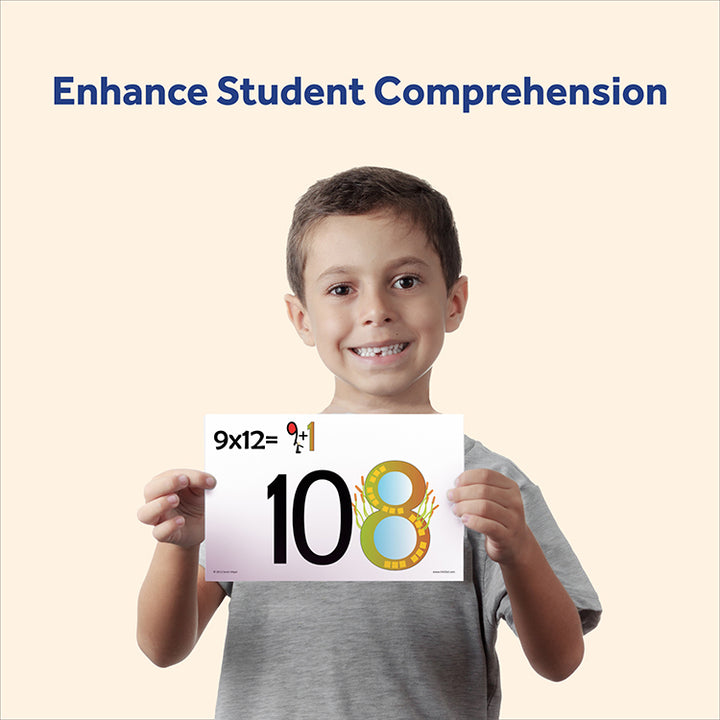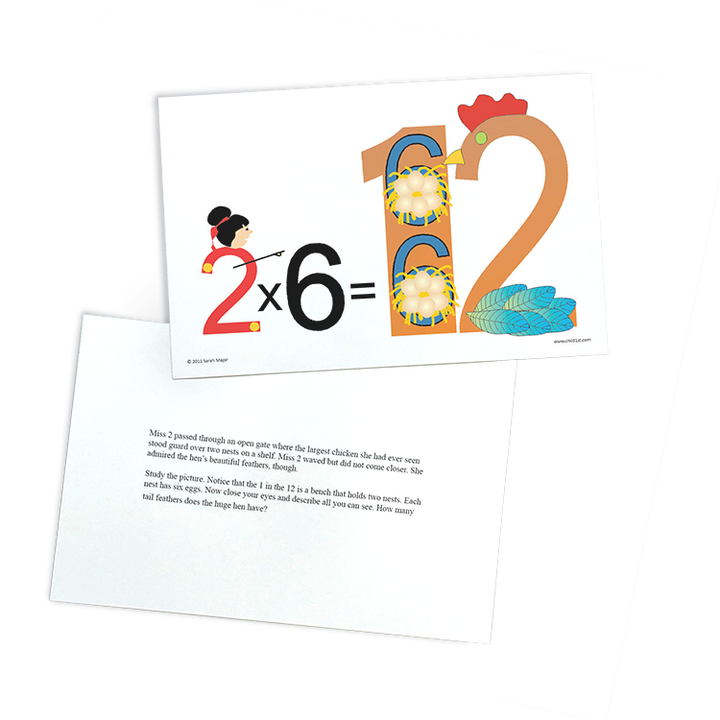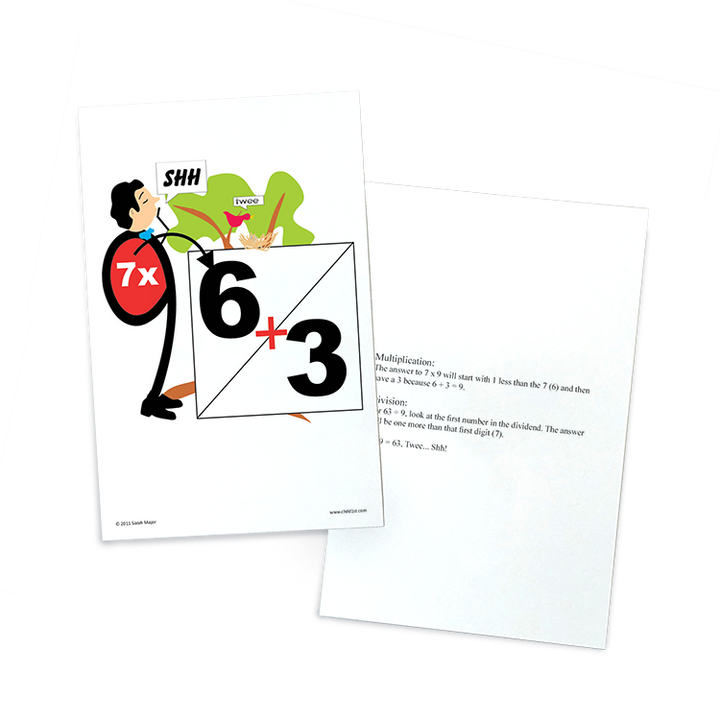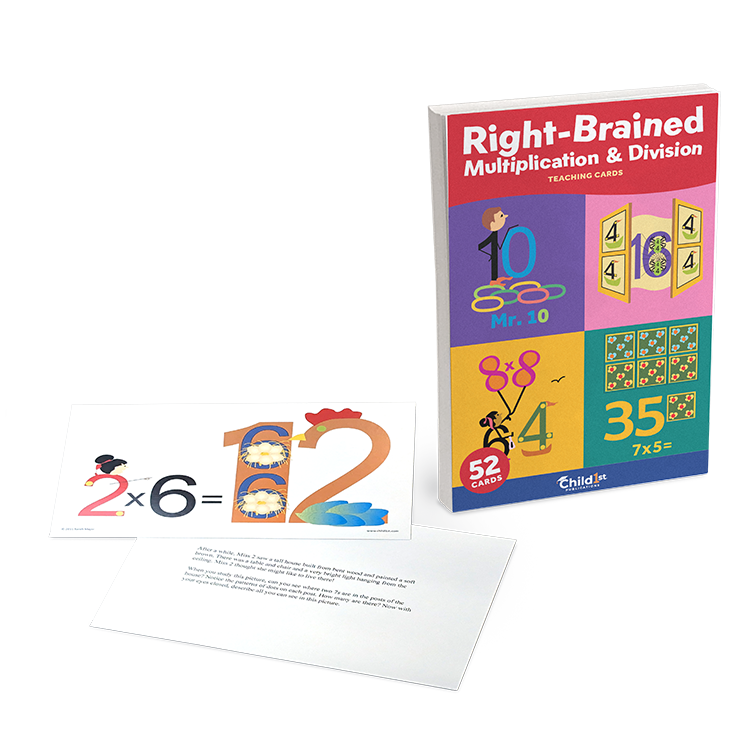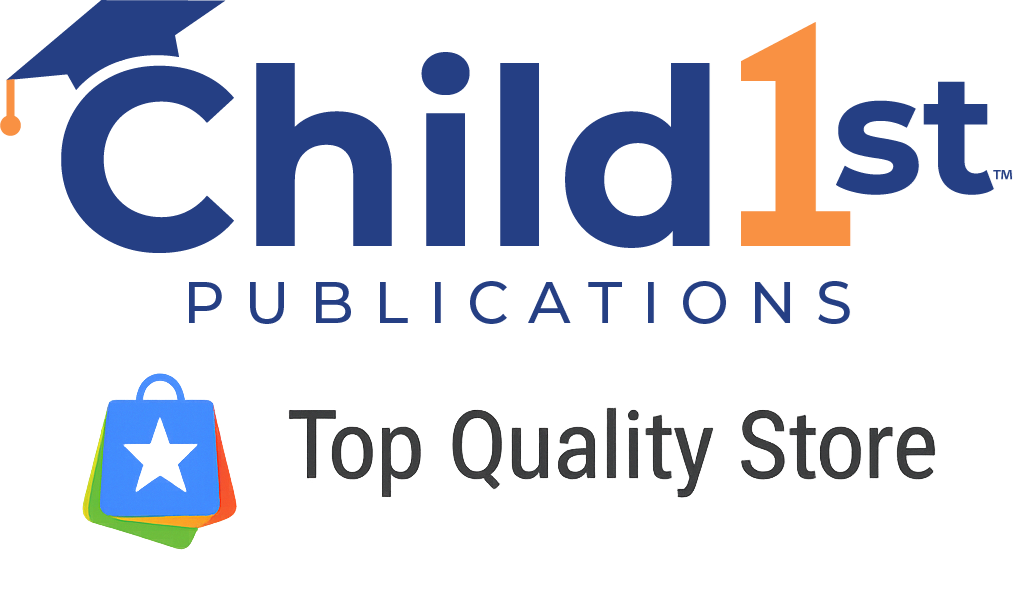Unlock the power of visual learning with Multiplication & Division Teaching Cards! These cards serve as the perfect complement to the Right-Brained Multiplication & Division book, providing a convenient and comprehensive resource for reinforcing key concepts. Each card features essential visuals from the book, accompanied by explanatory text on the reverse side. Whether displayed on a wall, bulletin board, or in a pocket chart, these stylized facts serve as valuable reminders as you progress through each chapter. Elevate your teaching approach and enhance student comprehension with these engaging and informative teaching aids!
What’s Included
· 52 large full color Multiplication & Division Cards
Right-Brained Multiplication & Division Teaching Cards are available in two formats:
- Physical – physical cards, measuring 8.5” x 5.5”
- Download – printable PDF file of the cards



